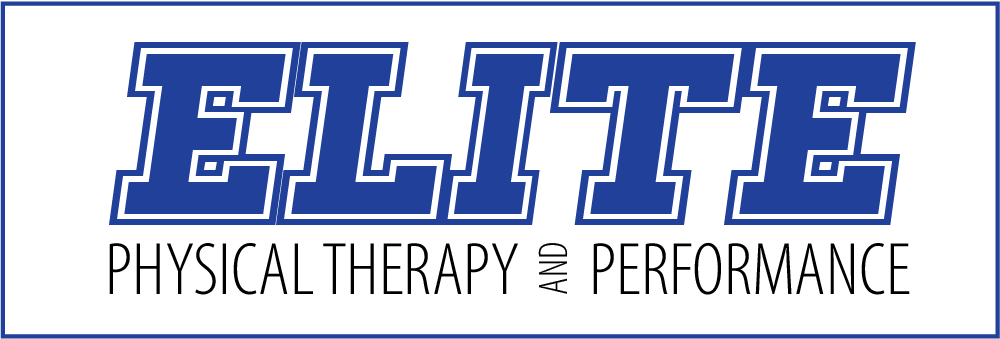Making Waves: How Physical Therapy Can Help Prevent and Treat Water Sports Injuries
It’s summer in Coeur d’Alene! That means lots of good times spent on the lake! Whether you're carving through waves on a surfboard, slicing through the water with your jet ski, or trying to gracefully ski behind a boat, preparing your body will help.
Preventing Water Sports Injuries: Better Safe than Sorry
You know the saying, "An ounce of prevention is worth a pound of cure”? Well, when it comes to water sports, this couldn't be truer. Physical therapy isn't just for rehabbing injuries; it's also a fantastic way to prevent them in the first place. Here’s how:
Strength and Conditioning: Building up strength in key muscle groups can help you maintain control and stability in the water. Think of it as turning your body into a well-oiled machine, ready to handle the twists, turns, and tumbles that come with water sports.
Flexibility Training: Ever seen those yoga gurus on paddleboards? They’re onto something. Flexibility can help you avoid strains and sprains by allowing your body to move more freely and absorb the shocks of unexpected movements. A few good stretches and you might just find your inner zen—even while being towed behind a speedboat.
Balance and Coordination: Balance is key in water sports. Physical therapists can help you develop better balance and coordination, making it less likely that you’ll end up with a face full of water (or worse, a mouthful of seaweed).
Treating Water Sports Injuries: Getting Back in the Splash Zone
Even with the best prevention, sometimes injuries happen. Maybe you underestimated that wave, or overestimated your skills? No judgment here—we’ve all been there. The good news? Physical therapy can help you bounce back faster than you can say “cannonball!!”
Rehabilitation Exercises: Tailored exercises can help restore strength and flexibility to injured areas, ensuring you heal correctly and don’t wind up with lingering issues. It’s like hitting the reset button on your body, getting you back to your aquatic adventures ASAP.
Pain Management: We use techniques like massage, ultrasound, and electrical stimulation, cupping and instrument assisted tissue mobilization (also known as scraping or the Graston Method) to manage pain and reduce inflammation. No one likes being sidelined by pain, and these methods can help keep discomfort at bay while you recover.
Education and Prevention: Understanding what went wrong can be just as important as fixing the injury. A good physical therapist will not only help you heal but also teach you how to avoid similar injuries in the future.
Water You Waiting For?
Whether you're a seasoned water sports enthusiast or a newbie trying to make a splash, physical therapy can be your best friend. It’s all about keeping your body in top shape so you can enjoy the waves without worry. So, before you dive headfirst into your next adventure, consider a little preemptive TLC from your favorite CDA physical therapists!
And remember, if all else fails and you find yourself in a less-than-graceful belly flop, at least you'll have a great story to tell—just don’t forget to bring Elite Physical Therapy along for the ride!
Happy splashing, everyone!

